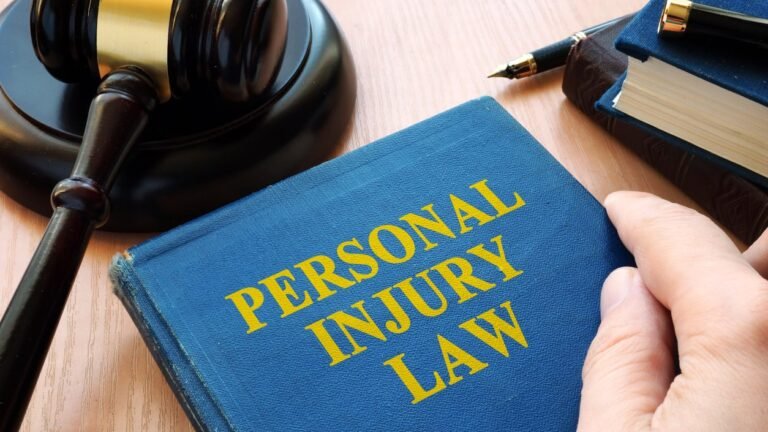Understanding personal injury law is crucial for individuals who have suffered harm due to the negligence or wrongful actions of others.
Personal injury law encompasses a broad range of legal issues, including accidents, medical malpractice, product liability, and more. Here’s a breakdown of key concepts and elements within personal injury law:
- Negligence: Negligence is a central concept in personal injury cases. It refers to the failure to exercise reasonable care, resulting in harm to another person. To establish negligence, the plaintiff (injured party) must demonstrate four elements:
- Duty: The defendant (person or entity being sued) owed a duty of care to the plaintiff.
- Breach: The defendant breached that duty by failing to act as a reasonable person would under similar circumstances.
- Causation: The defendant’s breach of duty directly caused the plaintiff’s injuries.
- Damages: The plaintiff suffered actual harm or losses as a result of the defendant’s actions.
- Types of Personal Injury Cases:
- Car Accidents: Cases involving injuries sustained in automobile collisions, often due to negligent driving.
- Slip and Fall: Injuries resulting from dangerous conditions on someone else’s property, such as uneven surfaces or inadequate lighting.
- Medical Malpractice: Instances where healthcare providers fail to provide an acceptable standard of care, resulting in patient harm.
- Product Liability: Cases involving injuries caused by defective or dangerous products.
- Workplace Accidents: Injuries sustained on the job due to unsafe working conditions or employer negligence.
- Compensation (Damages): In personal injury cases, plaintiffs may seek compensation (damages) for various losses incurred as a result of their injuries. Types of compensation may include:
- Medical Expenses: Costs associated with medical treatment, including hospital bills, surgeries, medication, and rehabilitation.
- Lost Income: Compensation for wages lost due to time away from work during recovery.
- Pain and Suffering: Non-economic damages for physical pain, emotional distress, and loss of enjoyment of life.
- Property Damage: Reimbursement for damage to personal property, such as vehicles in car accident cases.
- Punitive Damages: Additional compensation awarded in cases of egregious negligence or intentional misconduct, aimed at punishing the defendant and deterring similar conduct in the future.
- Statute of Limitations: Personal injury claims are subject to statutes of limitations, which impose deadlines for filing lawsuits. These deadlines vary by state and depend on the type of case. Failing to file within the statute of limitations can result in the loss of the right to seek compensation.
- Role of Personal Injury Lawyers: Personal injury lawyers represent plaintiffs in pursuing compensation for their injuries. They provide legal guidance, investigate the circumstances of the case, negotiate with insurance companies, and, if necessary, advocate for the plaintiff in court.
